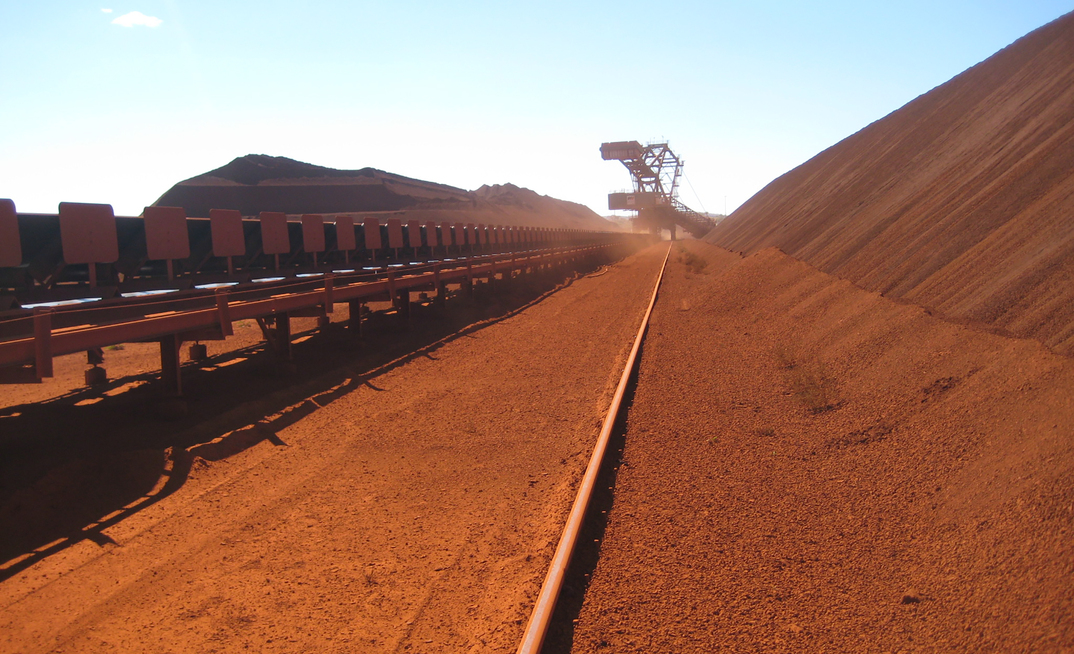A rail-mounted reclaimer at a coal mine begins to malfunction and limit access to coal stocks thanks to a sinking rail footing beam.
Due to leaking water pipes, the rail footing beam has deflected under load, causing the rail to sink.
Traditionally, this situation would warrant a major shutdown and replacement of infrastructure – a rather expensive exercise.
In a boon for one operator, Mainmark Ground Engineering was able to address a similar situation recently with its expanding structural resin, rectifying the issue in just three days.
The resin was injected into the ground below the rail footing beam to re-support and re-level it, combining chemically to expand and harden beneath the infrastructure.
A Finnish invention, the Uretek resin has existed for about 30 years, and has a wide variety of re-supporting applications in various industries.
For Mainmark the gradual caving in or sinking of an area of land, also called subsidence, is a common problem in the mining industry where drainage issues, poorly compacted fill and mechanical vibrations can take their toll.
“Minor variances in ground level caused by subsidence can have a significant and costly impact on the smooth running of mine site machinery,” Mainmark project manager Tom Bailey told Australia’s Mining Monthly.
“Machinery malfunction is often attributed to poor quality or shoddy equipment when in fact, the problem may be a result of misaligned parts caused by ground subsidence.”
Early signs of misalignment can include unusual noises from machinery, abnormal wear and tear on parts like conveyor belts and excessive wear on machinery due to vibrations.
Figuring out the cause of the problem is the first step for Mainmark before it begins a job.
If poor water run-off and/or a broken pipe, for example, are causing the ground to soften and sink, then that issue needs to be rectified before re-levelling begins.
“Most of the time, the problem is avoidable,” Bailey said.
“The beauty of what we do is it’s targeted, it’s convenient and downtime is absolutely minimal in comparison to any other option.
“In fact we’ve worked on numerous mines without a shutdown, where we’ve managed to close just one reclaimer or stacker and do an area footing length of probably 60-80m. We can treat that area section in two or three days generally.”
As the rail gets close to level, the company will tend to bring the stacker or reclaimer back to rest over the sunken rail and then inject more resin, using the overburden weight of the infrastructure to compact the ground sufficiently to support the required loads.
According to Bailey, the company is able to straighten rail and footings to tiny variances in deflection.
“We did a rail in the Hunter Valley recently that had a deflection under load of up to 16mm before we started due to moisture,” he said.
“15 minutes after we finished the injection we did a pass of the reclaimer again and it was down to 0.3mm.”
While these are significant variations, Bailey said straightening out the rail took pressure off it and was aided by the steel’s flexibility.
Mainmark offers a range of Uretek resins made from polyurethane, urea silicate, phenolic and amino-plastic, with each one having applicability to different situations.
The non-invasiveness of the injecting process means the company is able to offer a number of efficiencies to operators.
“We have a very low impact on their worksite, we have a very safe work record and we have a very low impact on an operator’s production rate,” Bailey said.
“If they don’t have the major equipment coming in to do it in the conventional way, they don’t have a major workforce coming in and they don’t have a major shutdown."

























